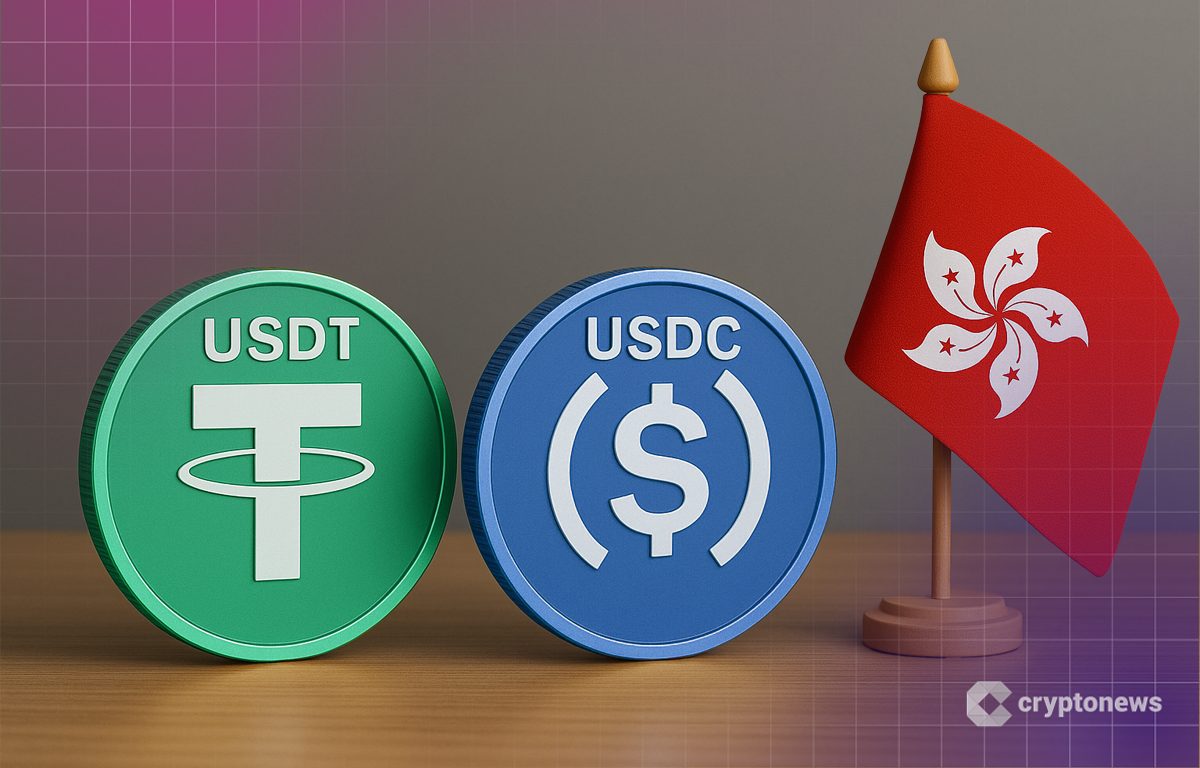From fair launch to the capital market for attention, Web3 AI's primary market is undergoing major changes.
Author: 0xJeff
Compiled by: Tim, PANews
In just one quarter, the Web3 AI sector has shifted directly from a fair launch model (Virtuals) to a medium-sized, medium-sized FDV strategy (i.e., the attention capital market).
Some Virtuals ecosystem projects and CreatorBid-launched projects performed well initially, but their product appeal gradually waned over time. The rate of this decline is proportional to the project size, the team's launch time, and the amount of funds raised for product development.
As previously shared, the core challenge facing fair launch teams is the widespread lack of funding before token issuance. Most teams can't afford the cost of self-funding to bootstrap development. The fair launch model leverages token transaction fees as the primary revenue source to drive project operations.
This doesn't solve the cold start problem. In practice, one or two independent developers often launch a project, develop a roadmap, release a demo to generate community enthusiasm, and then issue a token. The token price is hyped up until the bubble bursts, and momentum dies down.
The only viable option is for developers to self-fund the product, gradually recruit a team, and ultimately launch a minimum viable product (MVP).
The market is currently experiencing two significant trends: the declining appeal of the fair launch model and a shortage of high-quality AI products are shifting funding and market attention. This has benefited mid-sized teams with a FDV of $40 million to $80 million that have been working diligently on their products for one to two years. These teams have optimized their products to a near-scalable maturity.
Many people have spent months testing the product, conducting interviews, gathering feedback, and iterating on improvements.
This trend is exacerbated by the rise of the attention capital market. The transformation taking place in the InfoFi space is transforming noise into signal through capital commitments. Those who flood the market with information are demonstrating through concrete actions that they aren't just in it for the "airdrop" but rather believe in the opinions they express.
A good team consensus has been formed. Next, we will see clearer data metrics to distinguish those who are cashing out and fleecing, from those who truly believe in the project and team and are backing them with real money.
We are currently witnessing the intense chemistry between Kaito and Cookie's initial launches.
Theoriq vs. Almanak
Theoriq project's initial FDV is set at $75 million (a 50% discount to the previous venture capital valuation). The token vesting schedule is: 25% unlocked at the TGE, 37.5% unlocked one year later, and the remainder vested linearly over the following year.
Almanak's $90 million in FDV, 100% unlocked. The top 25 Almanak users can invest at $75 million in FDV.
Theoriq's token terms are quite favorable (a 50% discount from the previous venture capital round). Based on community feedback on improving the unlocking conditions for the Token Generation Event, the project has adjusted the token vesting schedule to 100% unlocking at the TGE.
The current FDV for the two projects is $75 million and $75 million or $90 million, respectively. They have a high probability of performing well, as these are the first projects for Kaito and Cookie (they need to drive up the token price to attract more high-quality teams).
Both teams are building products that provide real value to the DeFi space, including scalable infrastructure and various applications, and are committed to attracting more users and capital to the blockchain.
Which project should I invest in? Why?
I'm investing in both projects. I have already invested in Almanak's Legion round and will be investing additional capital in this ACM round.
Almanak is more product-ready and is expected to achieve product-market fit earlier than Theoriq.
Theoriq demonstrates significant strategic ambition. The team is building vertical workflows for specific clients, continuously enhancing AlphaSwarm's functionality, and fully demonstrating the technology's efficiency through its infrastructure layer. Its ultimate goal is to become the preferred service discovery platform (or "app store") for meta-agent scheduling systems, enabling an intelligent matching ecosystem that dynamically allocates the optimal agent cluster based on user needs.
Almanak will focus on its AI vault system, which is secure, controllable, auditable, transparent, and verifiable. Designed specifically for institutional capital needs, it combines smart contracts with professional program agents, providing a user-friendly interface to enable creators to expand and optimize a wider range of vault strategies.
The key to a project's strong short-term performance truly depends on its GTM (go-to-market) execution at launch, the ability of market makers to manage the market, and the ability to effectively absorb the initial selling pressure.
Overall, based on the project's launch performance, we may witness a new round of positive appreciation in KAITO and COOKIE (value stemming from direct percentage airdrops and increased staker allocations).
I'm very excited and look forward to seeing more AI teams launch their new projects on Kaito and Cookie soon.
You May Also Like

Vincent Mazzotta Admits $13M Crypto Ponzi – But Did His Fake ‘Federal Reserve’ Fool Regulators?

Strategy Doubles Down: 21,021 Bitcoin Acquired After Record $2.5B IPO for New “Stretch” Stock
